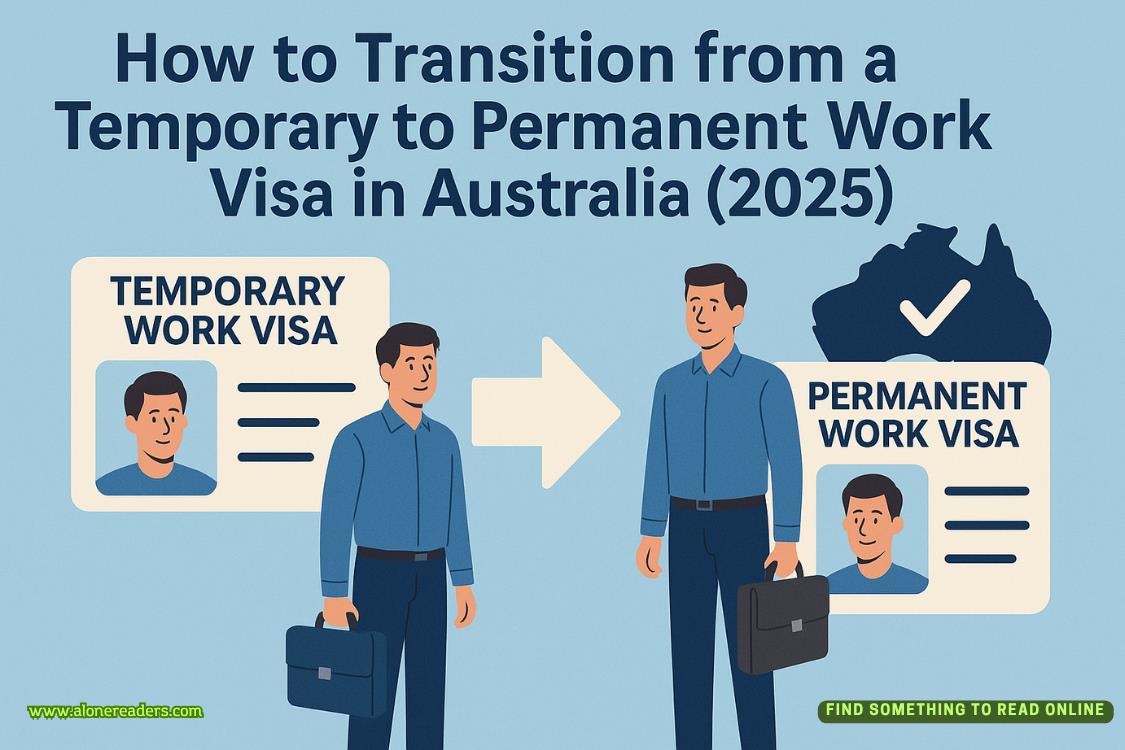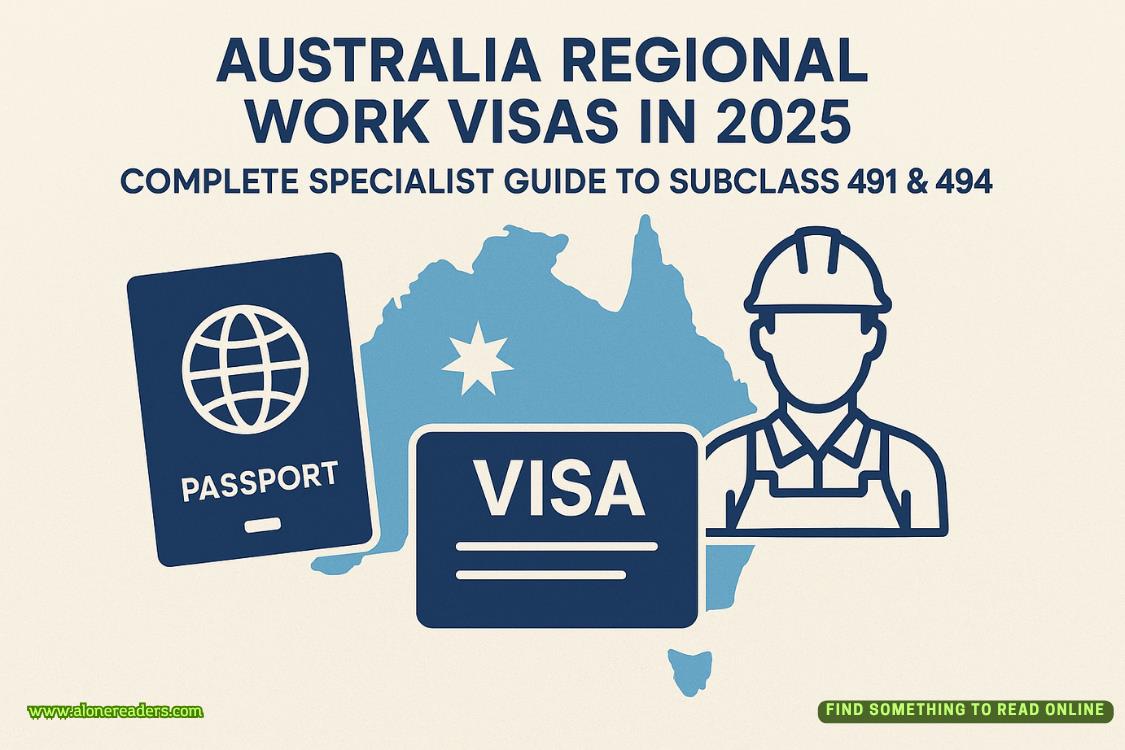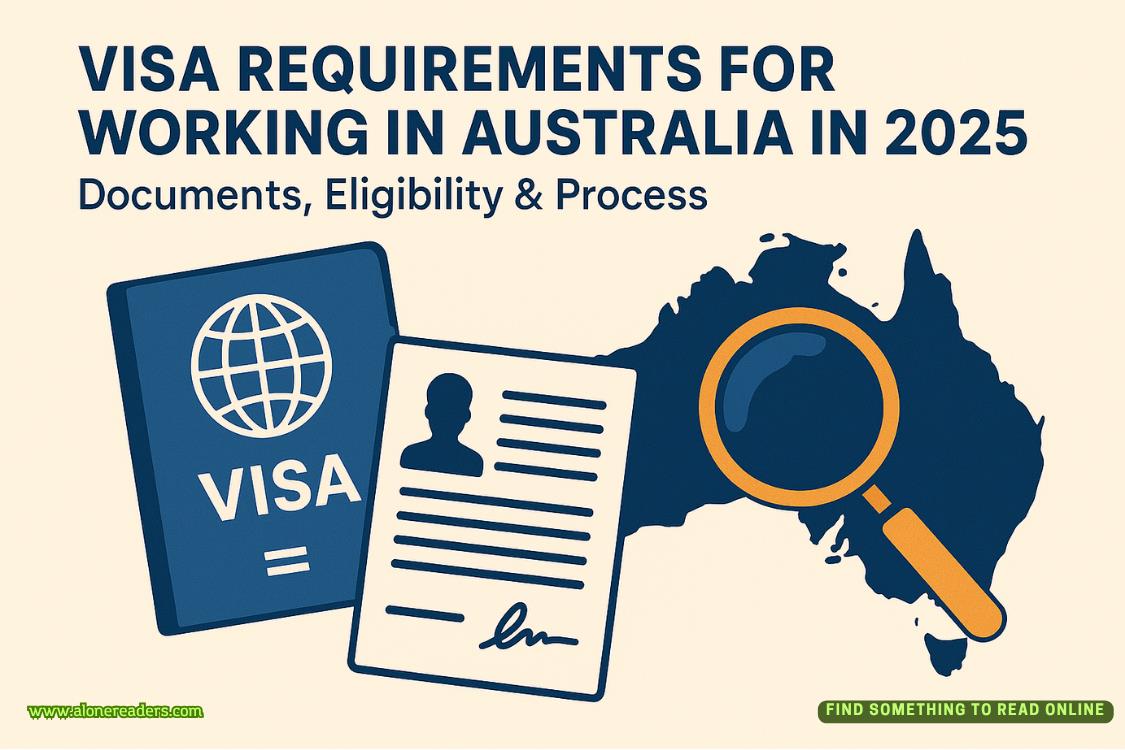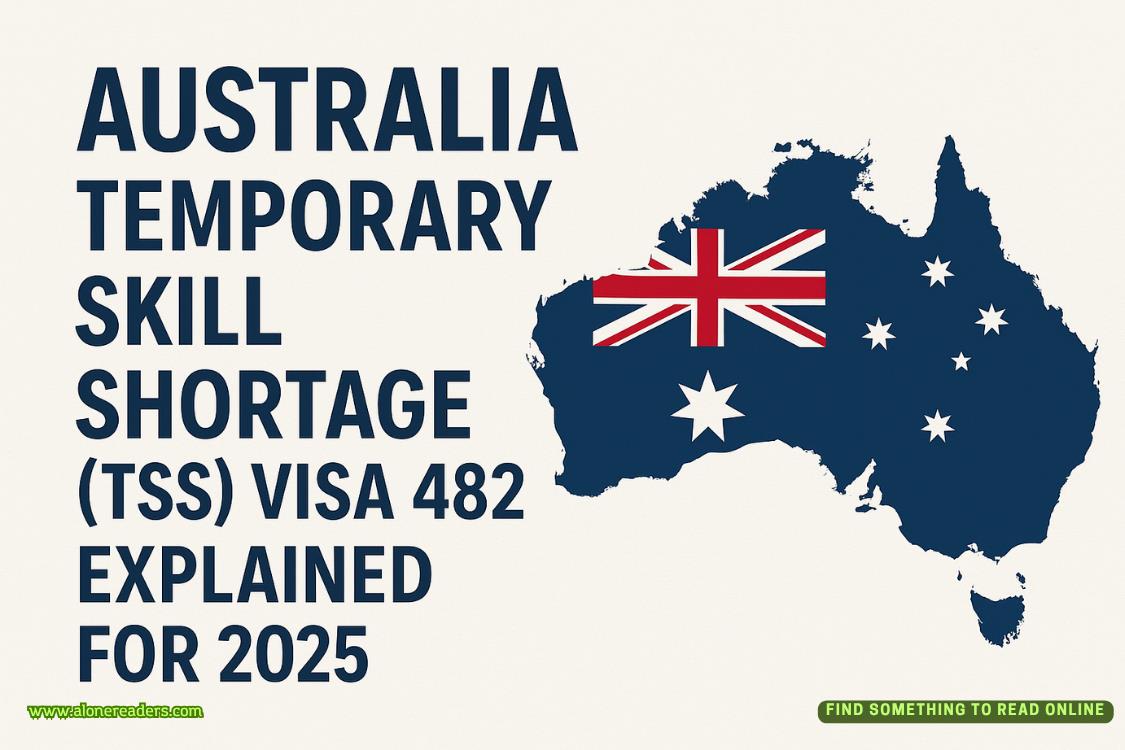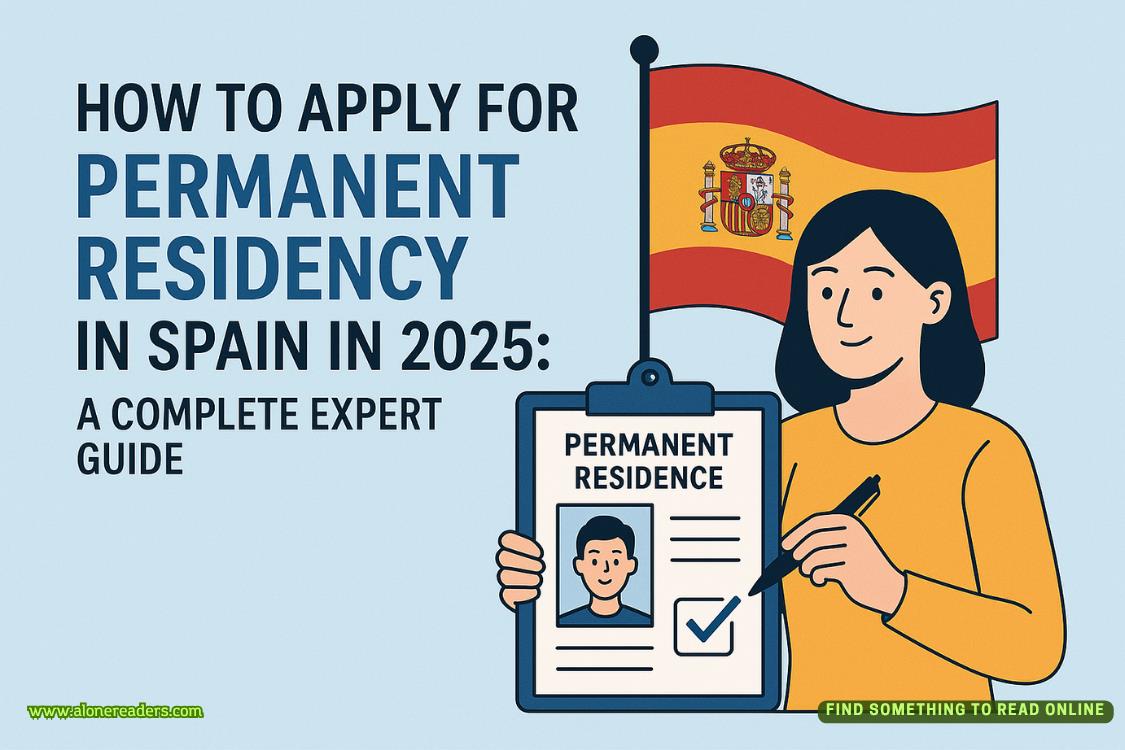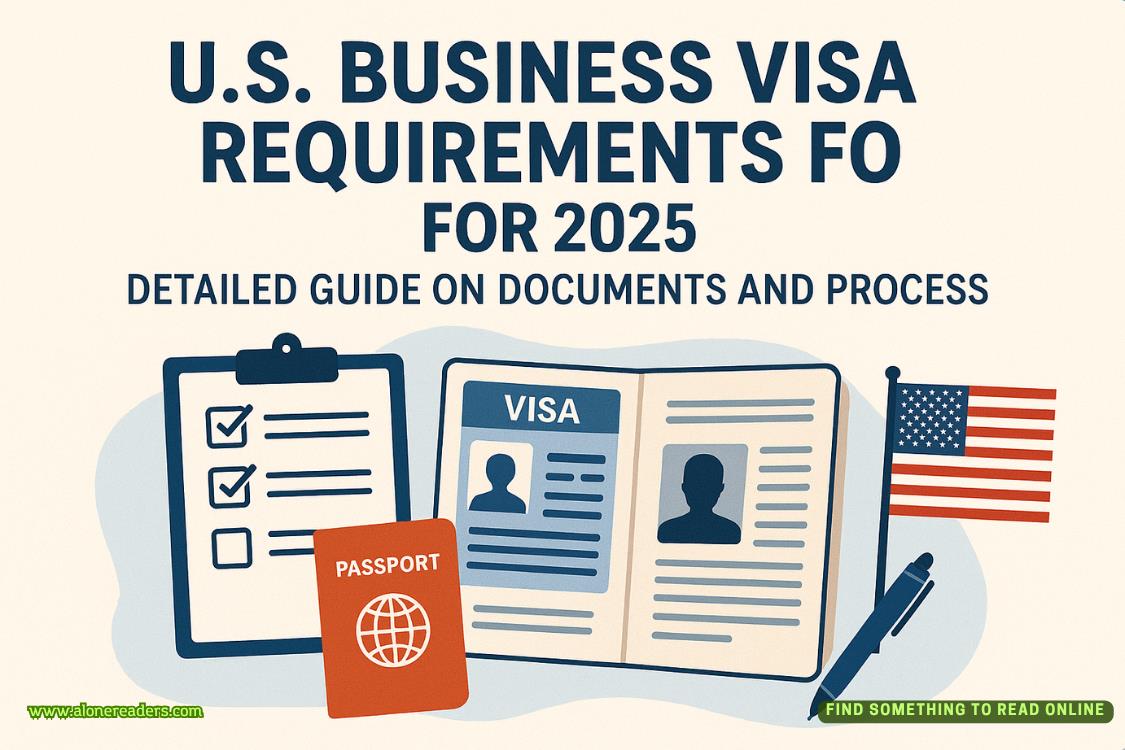“How’s the knee?” I asked.
“Same,” she said. “We’re working on lateral movement now. Slowly.”
“That’s good,” I offered, but it landed flat.
She hesitated just long enough for me to hear it. “You sound … off.”
“I’m fine.”
“Lex.”
I hated how she could still get me to talk just by saying my name like that. “I’m just tired. The semi’s are coming up and Coach D is getting on my last nerve. Practice was?—”
“You think I’m just out here for photo ops?” she said suddenly.
It was like she’d skipped ahead to the part of the conversation we’d both been circling.
“I think you’re everywhere but here,” I shot back before I could pull it back. The second the words left my mouth, I knew there was no way to make them sound less like an accusation.
Her inhale was sharp. “Do you have any idea what we’re trying to do with this CBA? We’re fighting for fair contracts, for year-round pay, for protections?—”
“I get it,” I snapped. “I get that you’re doing important work. But I’m still here, Eva. I’m still …”
“Still what? Letting Rayah Thompson put her hands all over you while I’m busting my ass to save this league?”
My throat tightened. “That’s not what happened.”
“Doesn’t matter. That’s what it looks like.”
“Funny, that’s exactly what I thought when I saw you and Kate standing there looking like a damn prom couple.”
Her silence landed harder than any words. I could hear her breathing, slow and deliberate, like she was choosing not to say what she really wanted.
“You say you want me in your life,” I said, quieter now, “but it’s like there’s only room for me in the off-hours. Between meetings, between photo shoots?—”
“That’s not fair,” she cut in. “You knew who I was when we started this.”
“I knew you were busy. I knew you were ambitious. I didn’t know I’d have to fight for scraps of your time.”
The pause stretched until I thought maybe the call had dropped.
“Maybe we should hang up before we say something we can’t take back,” she said finally.
I agreed, but it didn’t feel like a truce.
When the line went dead, my apartment was so quiet I could hear the hum of the fridge, the faint buzz of my phone as it lit up with another notification I didn’t want to look at. Somewhere,probably in Boston, Eva was dealing with her own version of silence.
Playoffs Set as League Enters Defining Stretch — On and Off the Court
Miami, FL —The bracket is set. After three months of tightly contested regular-season play, the women’s 3x3 league has its inaugural Final Four. The Miami-based competition has delivered on its promise of high-speed basketball and marquee talent, and now the stage is set for the first-ever champion to be crowned.
League creator, Briana Davis’s squad secured the No. 1 seed, riding a blistering offense that has outpaced the rest of the field from Week One. Sliding into the No. 2 spot is Team Embers, a result few predicted after star forward Eva Montgomery went down with an ACL injury early in the season. The addition of all-time great Mya Brown altered the team’s trajectory, providing the steady scoring and defensive presence needed to keep the Embers in contention.
The No. 3 seed belongs to the Monarchs—a physical, paint-dominant squad with Spain’s fiery Lina Vargas at point. Meanwhile, Chicago’s Jazz Rivers and Belgium’s Freya Lindholm lead a talented backcourt for Team Mirage, known for streaky offensive play but stifling defense when locked in, rounding out the playoff field.
But the excitement on the floor comes against the backdrop of pivotal conversations off of it. With the professional league’s collective bargaining agreement up for negotiation, players’ leverage has never been stronger. Davis’s league’s early success—packed crowds in Miami, massive online streaming numbers, and global social media reach—has become part of the broader conversation about compensation and visibility in women’s basketball. Industry analysts note that players’ willingness to embrace new formats like the 3x3 league highlights both the demand for year-round competition and the urgent need for structural improvements in the traditional league.
The convergence of postseason play and ongoing CBA talks has positioned these playoffs as more than a battle for a trophy. They’re a statement about the future of the sport—how it can be marketed, how players can be compensated, and how innovation might drive the next phase of growth.




